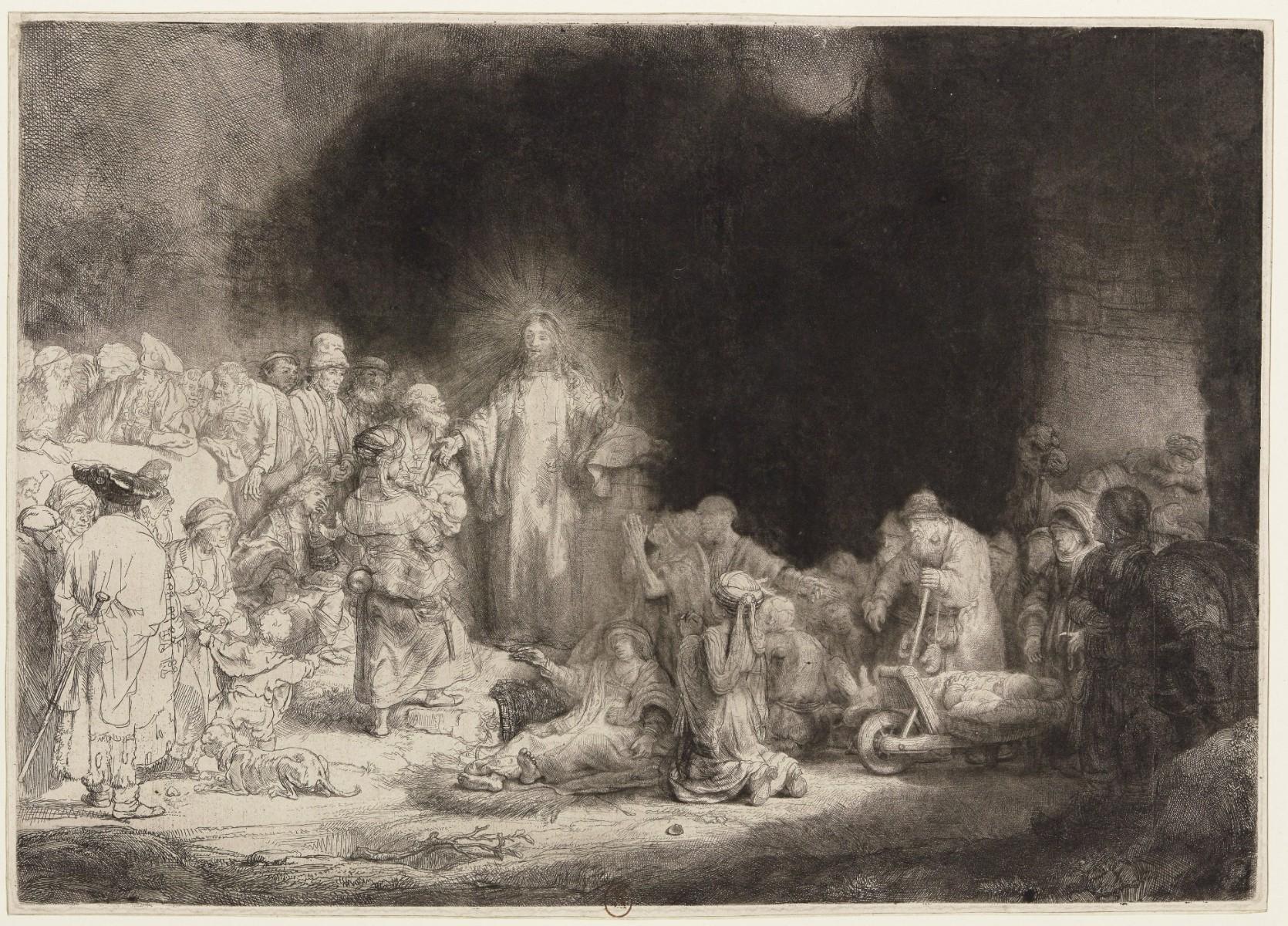By Nancy Ballou
Photograph courtesy of Wikimedia Commons
As early as 5,000 B.C., cultures such as the Sumerians created jewelry by carving designs into metals like gold, silver and copper. In the middle ages, goldsmiths engraved metalworks to decorate armor, musical instruments and religious objects. When artist Martin Schongauer exploited copper engraving in the 1430s, a new form of printmaking resulted using the intaglio techniques.
The process began with an engraver's block, which was used to hold or turn a copper plate as Schongauer cut fine lines into it using a burin or square tool-steeled rod sharpened diagonally at one end. The prominent corner was an effective and controllable cutting edge. Copper was the preferred metal because it was strong yet easily worked and did not rust.
The Intaglio Mint is a private minting facility located in Waco, Texas which opened in 2010. The mint is the definition of a small business, with just three full-time employees bringing their love of precious metals to life on silver rounds, tokens, and medallions. Intaglio Mint is different than other mints, even other so-called “boutique. Define intaglio. Intaglio synonyms, intaglio pronunciation, intaglio translation, English dictionary definition of intaglio.
Printer inks were then rubbed over it and wiped with tarlatan (starched cheesecloth) leaving ink only within the cuts. It was then run through a press where paper absorbed the ink in the small reservoirs created by the grooves.
The mezzotint matrix was worked with an intaglio rocker to have a consistent tooth to hold the ink. Copper plates were perfect for this process because it was not so hard that the rocker would be damaged but still offered excellent retention of detail considering the pressures required during printing.
Photograph courtesy of Wikimedia Commons
By the 19th century, engraving became used mainly for illustrations. Etching was an easier process for artists to use and machines helped speed up the printmaking process. Etching also used copper plates and depressed the images below the metal surface. A ground (acid resist coating) was hardened by heating with a candle, then cooled. The design was scraped into the ground to expose the metal and the plate was submerged in acid solution to the desired depth and width. Depressed areas were filled with ink and non-printing parts were wiped clean. Dampened paper on top of the plate passed under considerable pressure through the printing press and the image transferred from plate to paper.
In her book, Etching, Engraving, Ruth Leaf states that copper used for etching should be cold-rolled 16- or 18-gauge and hard ground rather than soft so you can get very fine lines. You can polish the backs of old copper plates if you can find them. Or, they can be purchased with an acid resistant coating on the back surface.
Intaglio aquatints offer tone gradations in color. The copper plate is dusted with resin and heated. The grains melted and produced an irregular pattern surrounding the resin patches. Acid applied to etch only the spaces around this resin resulted in an overall texture. Then watercolor in added.
Since the advent of photography, intaglio is less common, but still used by artists that want to create a true one-of-a-kind print. Modern plates for printing money, checks, bonds and other securitysensitive papers display such a high level of microscopic detail that it can't be recreated or scanned. More than one hand engraver will work on the same plate, too, making it impossible to duplicate all engraving on any document.
Also in this Issue:
- This History of Intaglio
Archives:
2020 | 2019 | 2018 | 2017 | 2016 | 2015 | 2014 | 2013 | 2012 | 2011 | 2010 | 2009 | 2008 | 2007Contact the Editor:

Intaglio Printing
Carving is the act of using tools to shape something from a material by scraping away portions of that material. The technique can be applied to any material that is solid enough to hold a form even when pieces have been removed from it, and yet soft enough for portions to be scraped away with available tools. Carving, as a means for making stone or wooden sculpture, is distinct from methods using soft and malleable materials like clay, fruit, and melted glass, which may be shaped into the desired forms while soft and then harden into that form. Carving tends to require much more work than methods using malleable materials.[2]
Kinds of carving include:
Intaglio
- Gourd carving or gourd art
- Ice carving or ice sculpture
- Stone carving
- Vegetable carving
- Thaeng yuak (Banana stalk carving)
- Tree carving
Intaglio Vs Cameo
See also[edit]
References[edit]
- ^Jainism and Jain Architecture. 2018-01-09. ISBN9781387503421.
- ^Daniel Marcus Mendelowitz, Children Are Artists: An Introduction to Children's Art for Teachers and Parents (1953), p. 136.
Intaglio Ring
External links[edit]
| Look up carve or carving in Wiktionary, the free dictionary. |
